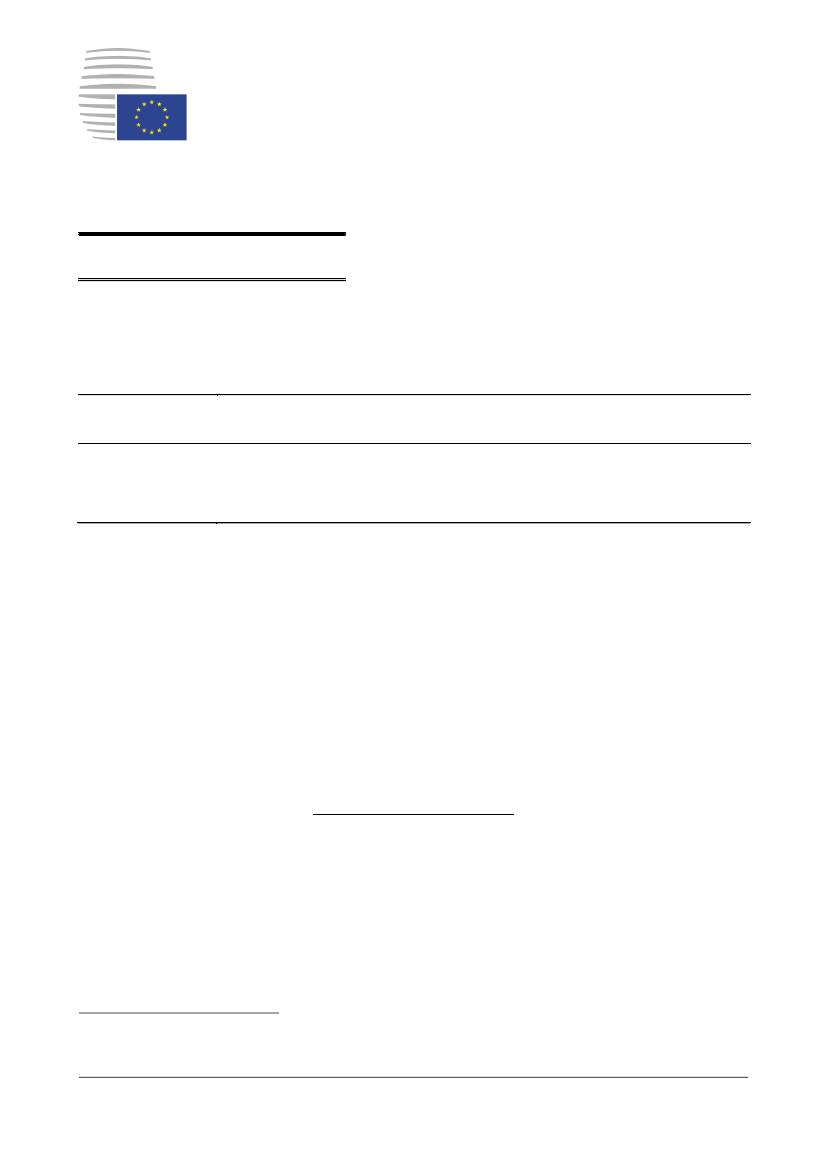
Council of the
European Union
Brussels, 6 February 2018
(OR. en)
5867/18
Interinstitutional File:
2017/0313 (NLE)
PARLNAT 28
NOTE
From:
To:
Subject:
General Secretariat of the Council
National Parliaments
Council implementing decision setting out a recommendation on
addressing the deficiencies identified in the 2017 evaluation of Denmark on
the application of the Schengen acquis in the field of management of the
external border
In accordance with Article 15(3) of Council Regulation 1053/2013 of 7 October 2013, establishing
an evaluation and monitoring mechanism to verify the application of the Schengen acquis and
repealing the Decision of the Executive Committee of 16 September 1998 setting up a Standing
Committee on the evaluation and implementation of Schengen, the Council hereby transmits to
national Parliaments the Council implementing decision setting out a recommendation on
addressing the deficiencies identified in the 2017 evaluation of Denmark on the application of the
Schengen acquis in the field of management of the external border
1
.
1
Available in all official languages of the European Union on the Council public register,
doc.
PZ/ft
DRI
5867/18
EN
1